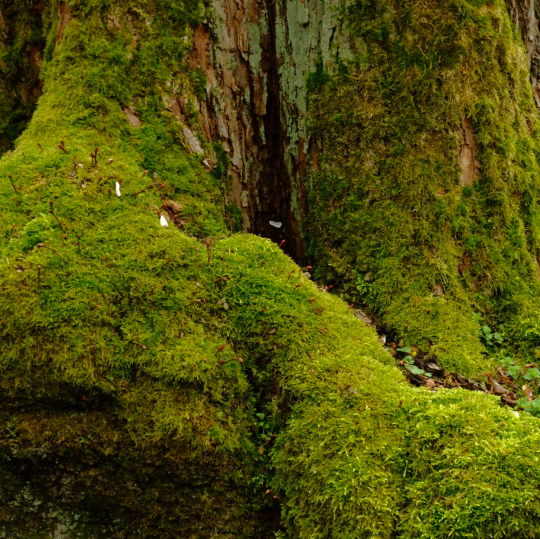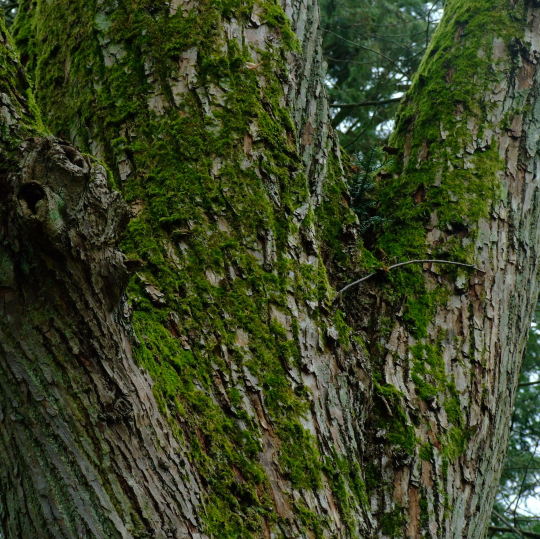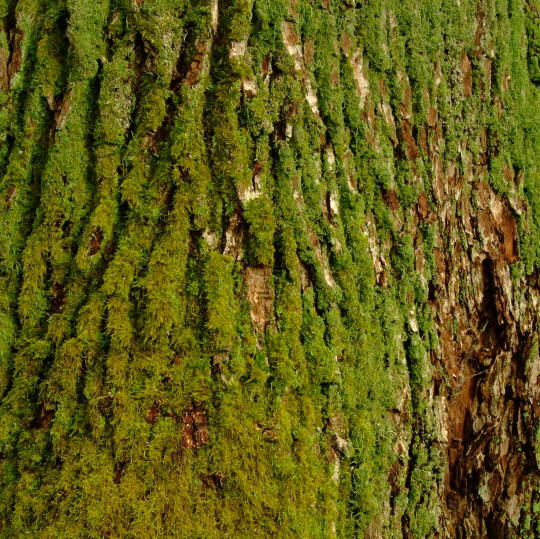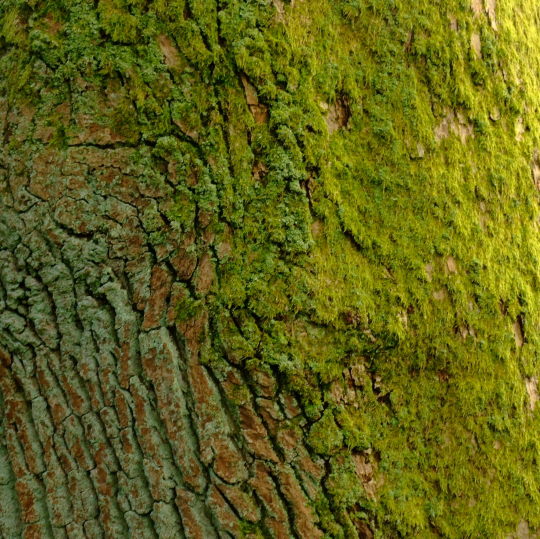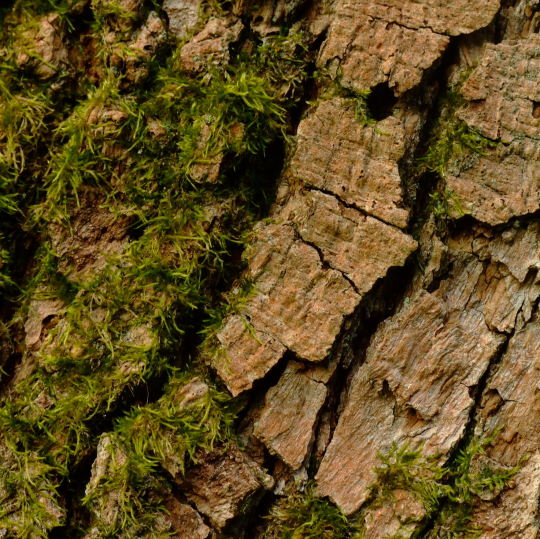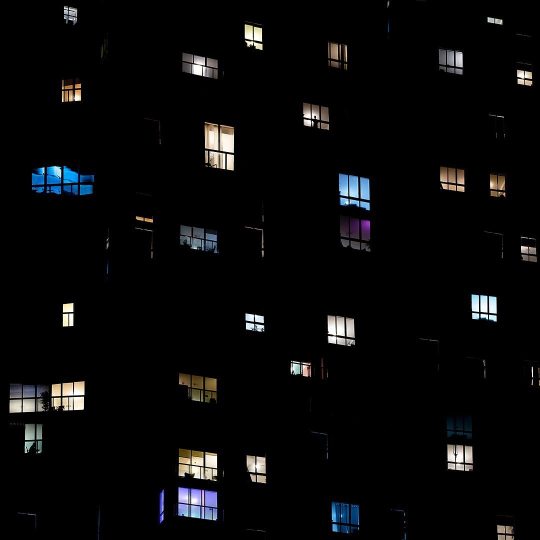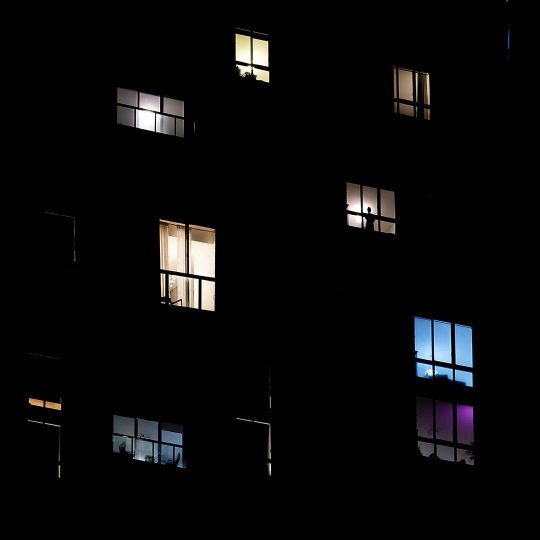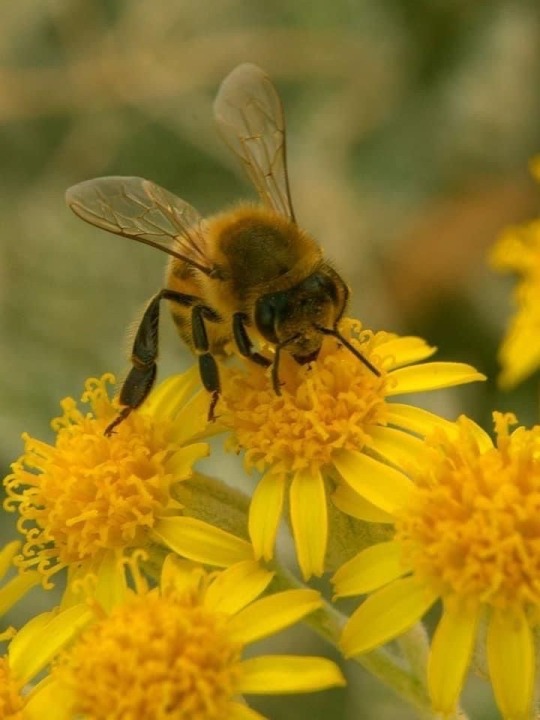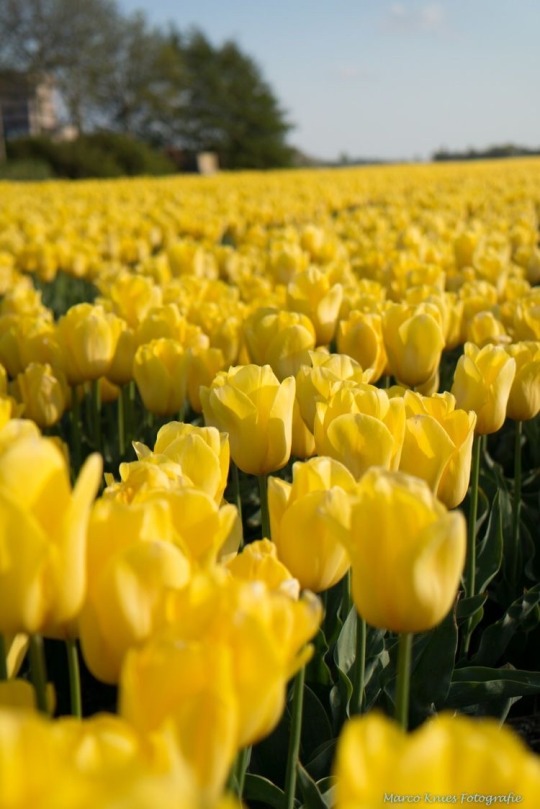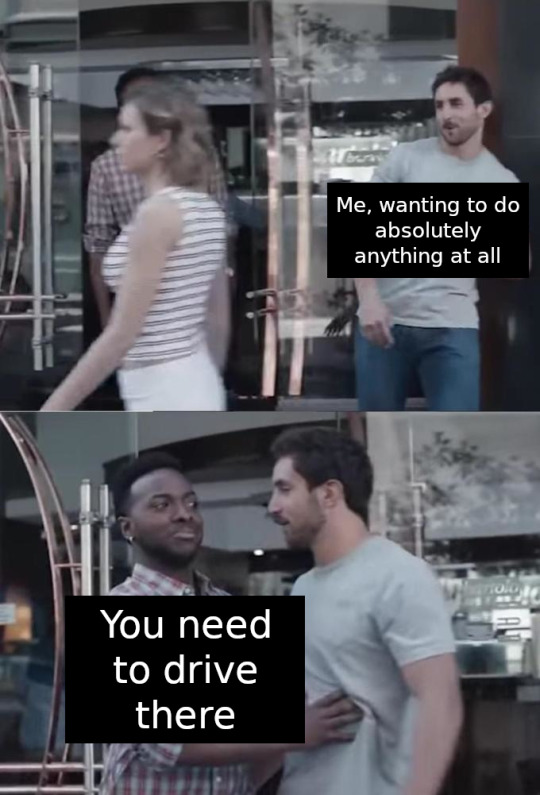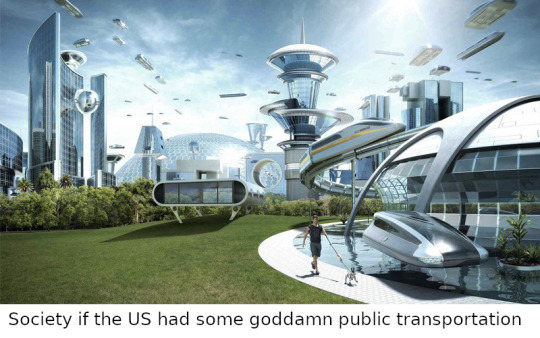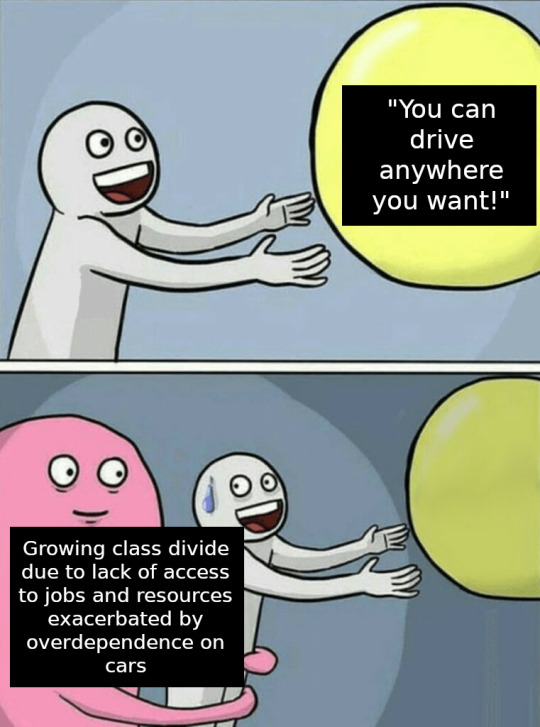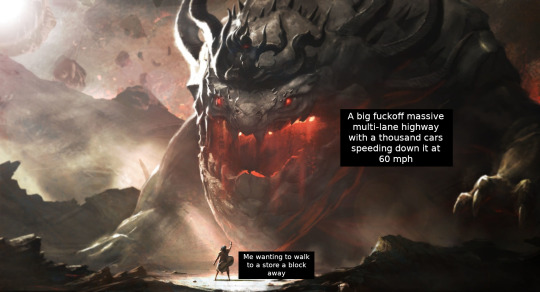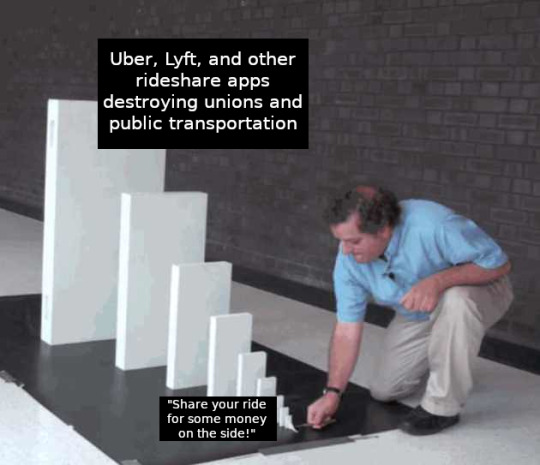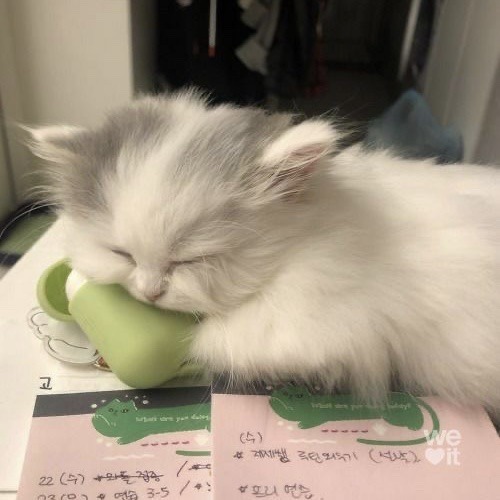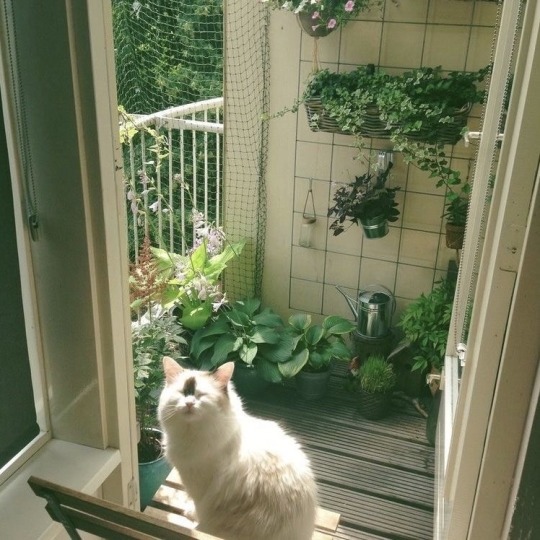Text
sharing some gofundmes of Palestinians that haven't reached their goals yet
Help Rani Escape Gaza
Help majd's family evacuate from death in Gaza
Help me to evacuate my family from Gaza
Support the Future of AbdalRahman from Gaza
Help Nael to survive and complete his studies.
Help Baraa and her injured family out of Gaza
Help Sana’a and her family evacuate from Gaza
Help Sara get treatment leave Gaza with her family
Reda in Gaza to survive the war
Help me and my brothers flee Gaza
19K notes
·
View notes
Text


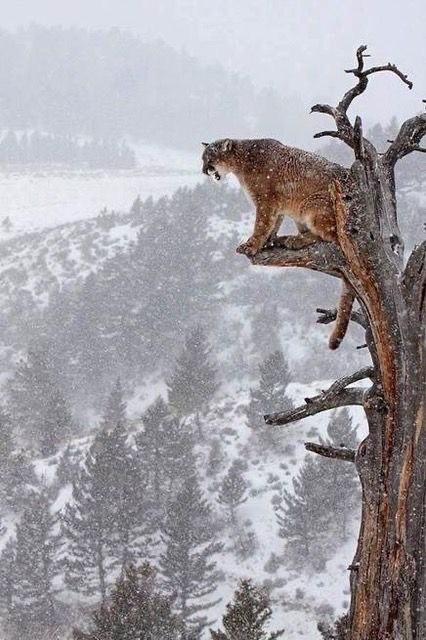
Please, we need your help. The willow project is a project being viewed by the President in this moment, the plan is to sell ALASKA and its land, homes, and WILDLIFE for oil drilling. The project will produce up to 180,000 barrels of oil a day, according to the company — about 1.5% of total U.S. oil production. But in Alaska, Willow represents the biggest oil field in decades. What’s the problem with that? Project opponents point to its potential impact on global climate change. Environmental impact documents conclude that if the oil produced by Willow is burned, it would create 260 million metric tons of carbon dioxide. Exposure to CO2 can produce a variety of health effects. These may include headaches, dizziness, restlessness, a tingling or pins or needles feeling, difficulty breathing, sweating, tiredness, increased heart rate, elevated blood pressure, coma, asphyxia, various cancers, and convulsions. Once the plan is approved, climate change will be irreversible and unfixable no matter the effort. But the only way we can stop this is if 189 more environmentalists and citizens like you sign our petition before it's too late. We only have one month left before it’s approved, without your help- the human race will suffer more than it ever has. Don’t let old white men in the government decide the fate of generations, and centuries of human history and cellular evolution. I’m asking you not as a fellow american citizen, but as a human being- take a few minutes to end the end from consuming life as we know it.
Plz reblog so we can get as many signatures as possible!!
#stopwillow
161 notes
·
View notes
Text
New ENVIRONMENTAL FILM about the food system
https://grow.foodrevolution.org/
Will humans be able to grow food two generations from now?
The answer depends on what we do now!
The Need To GROW takes you inside the hearts and innovations of three very different leaders.
An 8-year-old girl challenges the ethics of a global organization.
A renegade farmer struggles to keep his land as he revolutionizes resource-efficient agriculture.
A visionary inventor faces catastrophe in the midst of developing a game-changing technology.
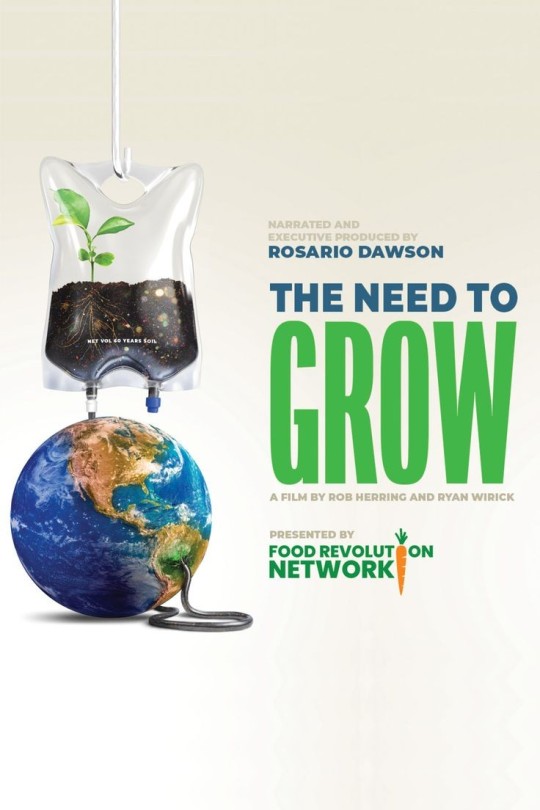
#climate activism#climate change#enviromental#environmetalists#environment#climate action#climate and environment#food systems#agriculture
2 notes
·
View notes
Text
So. You want to garden.
For whatever reason. Right now as of uhhhh Friday March 27, of 2020, within the quarantine of COVID-19 you are most likely want to garden in order to feed your family as you want to save money from the grocery store. And to ya know. feed your family.
SO. Here’s some YouTube videos. Mainly from this one YouTuber since she runs her own farm. She talks about what to grow and how to grow as well as saving seeds. (Trust me, saving seeds is better in the long run.) You can also regrow kitchen scraps too if you feel like you’re unable to get any proper seeds. And for fun have a post apocalyptic type garden.
What to plant in a small garden:
youtube
Fast-food growing options:
youtube
The importance of Seed saving:
youtube
How to build an arched trellis for $30:
youtube
A complete guide to virtual gardening:
youtube
How to PLANT & GROW with cattle panel arched trellises:
youtube
14 store bought vegetables & herbs you can regrow:
youtube
Save your kitchen scraps, these 7 plants can be grown out of them:
youtube
9 survival gardening crops to grow in a post apocalyptic world:
youtube
24K notes
·
View notes
Photo





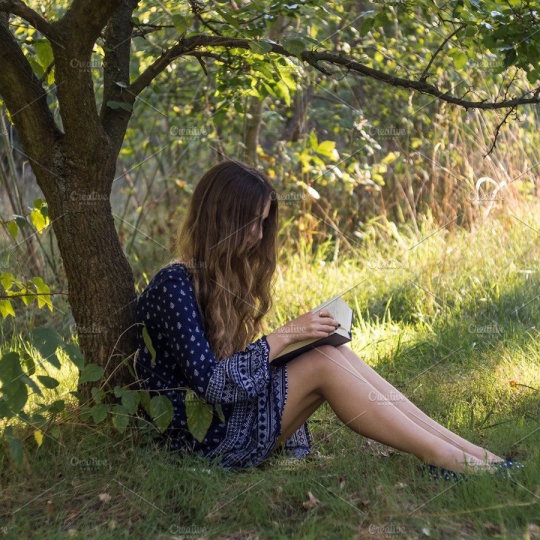
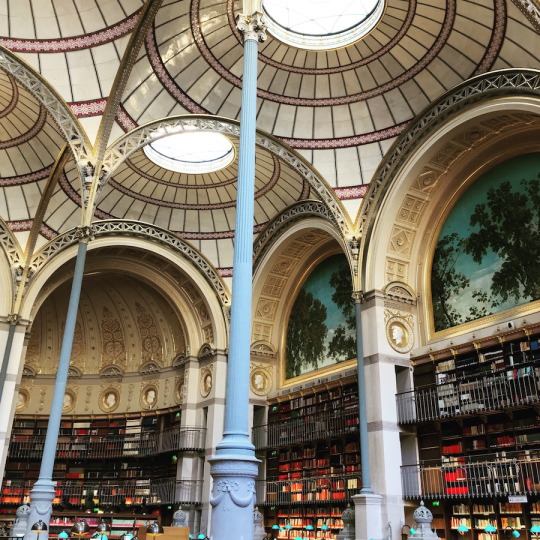


Ok, so…
Concept: Bright Academia ☀️
Bookshelves trailing with plants
“Everyone you meet knows something you don’t”
De-emphasis of Western clichés
Aromatic teas in colourful glass and ceramic cups
Handfuls of colourful gel pens and brightly coloured notes
Environmentally conscious studying
Desks which are overflowing with leafy green plants
Lighting!
“No science without art, no art without science”
Studying outdoors under the trees
Spacious libraries and communal areas
No elitism, no exclusion, no gatekeeping
Handmade or customised personal notebooks
Free sharing of books and information
Mutual support
Reading areas with stained glass and/or suncatchers
Cozy knitted clothing
Fingerless gloves stuffed with pens
“A stressed plant will never blossom”
1K notes
·
View notes
Text
Happy almost full moon!


2 notes
·
View notes
Text
How to help fight global warming via online searching
youtube
This is Ecosia
What they do
"We use the profit we make from your searches to plant trees where they are needed most."
How
"Get the free browser extension and plant trees with every search."
You search the web with Ecosia > Search ads generate income for Ecosia > Ecosia uses that income to plant trees!
Where

[Pic description: green background with a world map on it, different trees mark the places where Ecosia has projects. Most of them in the global south. End description.]
With which focus

[Pic description:
headers: our tree planting approach, we restore and protect biodiversity hotspots
Text: instead of monocultures, we grow over 500 different native species where they are needed the most. Always shoulder-to-shoulder with local communities
Theres is a image that shows the difference between a site, before and after wise, with a patch of a new forest in the after. End description.]
Here you can see where are the Ecosia projects: https://blog.ecosia.org/tag/where-does-ecosia-plant-trees/
Source: https://info.ecosia.org/
#Youtube#ecosia#environmetalists#enviromental#climate activism#climate change#climate action#heatwave#poetry#help#global south#global warming#forest citycore#mcu#green academia#green moodboard#green#greenhouse#fairy aesthetic#fairygarden#cottagecore#alt
3 notes
·
View notes
Text
Example of why to include the people in government green movements, don't greenwash democracy, participation and inclusion
Detroiters were refusing city-sponsored “free trees.” A researcher found out the problem: She was the first person to ask them if they wanted them.
A really great article written by Brentin Mock regarding the arrogance and racism of white environmentalists who “presumed to know what’s best” for communities of color without including them in the decision-making and planning processes."
Article under the cut if you don't want to click the link, lol. It's not paywalled! Some images may not load properly under the cut.
John Kost, left, and Barry Johnson, citizen foresters for the nonprofit group The Greening of Detroit, plant a tree in the Osborn neighborhood in Detroit in 2016. Photo by Carlos Osorio/AP.
A landmark report conducted by University of Michigan environmental sociologist Dorceta Taylor in 2014 warned of the “arrogance” of white environmentalists when they introduce green initiatives to black and brown communities. One black environmental professional Taylor interviewed for the report, Elliot Payne, described experiences where green groups “presumed to know what’s best” for communities of color without including them in the decision-making and planning processes.
“I think a lot of the times it stems from the approach of oh we just go out and offer tree plantings or engaging in an outdoor activity, and if we just reach out to them they will come,” Payne told Taylor.
In fact, this is exactly what was happening in Detroit at the time that Taylor’s report came out. In 2014, the city was a few years deep into a campaign to reforest its streets after decades of neglecting to maintain its depleted tree canopy. A local environmental nonprofit called The Greening of Detroit was the city’s official partner for carrying out that reforesting task, which it had started doing on its own when it was founded in 1989. By 2014, TGD had received additional funding to ramp up its tree-planting services to the tune of 1,000 to 5,000 new trees per year. To meet that goal, it had to penetrate neighborhoods somewhat more aggressively than it had in the past and win more buy-in from the residents.
The tree-planters met stiff resistance: Roughly a quarter of the 7,500 residents they approached declined offers to have new trees planted in front of their homes. It was a high enough volume of rejections for such an otherwise valuable service that University of Vermont researcher Christine E. Carmichael wanted to know the reasons behind it.
She obtained data that TGD collected on the people who turned them down, and then visited Detroit to interview staff members and residents. What she found is that the rejections had more to do with how the tree-planters presented themselves and residents’ distrust of city government than it did with how residents felt about trees. Carmichael’s findings (with co-author Maureen H. McDonough) were published in 2019 in the journal Society and Natural Resources.
The residents Carmichael surveyed understood the benefits of having trees in urban environments—they provide shade and cooling, absorb air pollution, especially from traffic, increase property values, and improve health outcomes. But the reasons Detroit folks were submitting “no tree requests” were rooted in how they have historically interpreted their lived experiences in the city, or what Carmichael calls “heritage narratives.”
It’s not that they didn’t trust the trees; they didn’t trust the city.
These are the stories that people from all walks of Detroit life tell themselves and each other about why city conditions are the way they are. The heritage narratives that residents shared about trees in Detroit were different from the ones shared among the people in city government and TGD.
A couple of African-American women Carmichael talked to linked the tree-planting program to a painful racist moment in Detroit’s history, right after the 1967 race rebellion, when the city suddenly began cutting down elm trees in bulk in their neighborhoods. The city did this, as the women understood it, so that law enforcement and intelligence agents could better surveil their neighborhoods from helicopters and other high places after the urban uprising.
The city was chopping down trees at a faster clip at this time. And the city was flying helicopters over their homes at one point—to spray toxic DDT from above on the trees. However, the government’s stated reason for the mass tree-choppings was that the trees were dying off from the Dutch elm disease then spreading across the country. These were competing heritage narratives of the same event—the clearing away of trees in the 1960s. The two narratives are in conflict, but it was the women’s version, based on their lived experiences, that led to their decision to reject the trees today. It’s not that they didn’t trust the trees; they didn’t trust the city.
“In this case, the women felt that [after the race rebellion] the city just came in and cut down their trees, and now they want to just come in planting trees,” said Carmichael. “But they felt they should have a choice in this since they’ll be the ones caring for the trees and raking up the leaves when the planters leave. They felt that the decisions regarding whether to cut down trees or plant new ones were being made by someone else, and they were going to have to deal with the consequences.”
“This shows sidewalk damage and a large limb that has fallen from a street tree planted, likely by the city, many years ago,” said study author Christine Carmichael. “Residents who were resistant to tree planting also often noted that they felt existing, large trees on city property were not adequately cared for and affected the appearance of the neighborhood, and presented a safety concern.” Photo by Christine E. Carmichael .
There was distrust not only of the city, but of the tree planters as well, particularly considering how TGD staff stepped to the people in the communities they were plotting on. The Greening of Detroit had 50,000 volunteers (during that 2011-2014 time period), most of them white and not from Detroit. The organization had just one community-outreach person on staff. And that outreach apparently did not include involving neighborhood residents in the planning of this urban-forestry program.
“City residents could request a tree planting in their neighborhood from TGD, but TGD’s green infrastructure staff decided in which neighborhoods to plant trees, as well as tree species to plant and tree maintenance protocols,” reads the paper. “TGD’s green infrastructure staff members committed to maintaining trees for three years after planting, which residents were informed of through door hangers and at community meetings, if they attended such meetings.”
Failing to meaningfully involve the residents in the decision-making is a classic environmental-justice no-no. However, from reading excerpts of Carmichael’s interviews with TGD staff members, it’s clear some of the tree planters thought they were doing these communities an environmental-justice solid. After all, who would turn down a free tree on their property, given all of the health and economic benefits that service affords? Perhaps these people just don’t get it. As one staff member told Carmichael in the study:
You’re dealing with a generation that has not been used to having trees, the people who remember the elms are getting older and older. Now we’ve got generations of people that have grown up without trees on their street, they don’t even know what they’re missing.
However, environmental justice is not just about the distribution of bad stuff, like pollution, or good stuff, like forestry projects across disadvantaged communities. It’s also about the distribution of power among communities that have historically only been the subjects and experiments of power structures.
In 2014, Detroit had an African-American population of 83 percent, and the highest rate of concentrated poverty among the top 25 metros in the U.S., according to the Brookings Institution. This forestry project was ramping up right as the city was in the throes of bankruptcy. These residents may have had different priorities in mind than those carried by the tree-planters who came knocking. Race and class matters in urban greening agendas, as the City of Houston once learned when it failed to survey non-white, lower-income residents for the creation of its parks master plan in 2014.
One Detroit resident whom Carmichael interviewed for her study told her: “You know what, I really appreciate you today because that shows that someone is listening and someone is trying to find out what’s really going on in our thoughts, the way we feel, and I just appreciate you guys. And maybe next time they can do a survey and ask us, if they would like to have us have the trees.”
Monica Tabares, TGD’s vice president of operations and development, said the organization always had a community-engagement process, but other factors complicated their interactions with residents, such as the city’s poor record of tree maintenance.
“Our capacity to fulfill every community partner’s needs was in hindsight a bit more difficult to achieve, and that resulted in some impressions among some individuals about not feeling the inclusion,” said Tabares. “Also, the city itself didn’t have the capacity to bring down dead trees, nor to prune trees, plus the fact that we were now replanting trees in some really decimated areas with no tree canopy. It left people questioning whether they were going to be taken care of. It just didn’t jibe right with all of our resident partners.”
Since talking with Carmichael and learning her study’s findings, Tabares says TGD has made several changes to its program, adding more material involvement of residents in the tree-planting and planning process. The organization now also has four community-engagement members on staff, all of whom live in the city of Detroit, which Tabares said has encouraged more trust from the residents.
“Having people come in and not be from the city and then dictate what goes on—not that we ever did that—but that’s the feeling. So we want people to feel comfortable with our engagement team that’s talking about the benefits of trees,” said Tabares.
The lessons learned from the study are immediately important, given that environmental organizations often partner with cities for these kinds of services. This is especially true when local governments don’t have the funding to do it (as happened in Detroit) or when the federal government shuts down ( what’s happening now). Having diverse staffs that reflect the city’s neighborhoods and understand the heritage narratives that run through them matter.
“Heritage narratives are important because they guide actions that are taken,” said Carmichael. “A nonprofit might say tree-canopy decline can be used to justify their approach to educating residents, because there are people who don’t understand the value of trees. But everyone I interviewed understood those benefits, so it’s inaccurate to say that. Ultimately, the feeling was that they were being disenfranchised.”
Brentin Mock is a staff writer at CityLab. He was previously the justice editor at Grist.
655 notes
·
View notes

